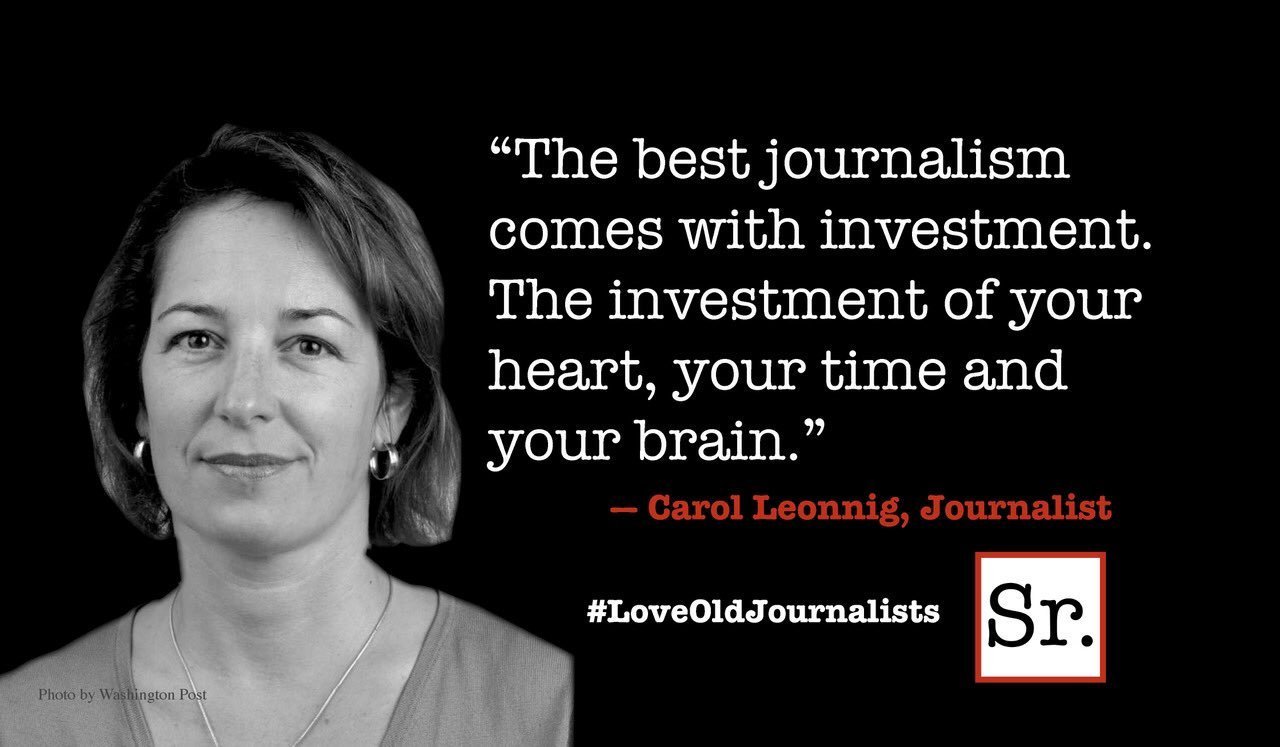The line between healthy dissatisfaction and destructive criticism is narrow. Dissatisfaction drives change and inspires innovation; all leaders feel it.
Criticism, on the other hand, inspires fear, resistance, defensiveness, excuses, anger, or bitterness.
Dissatisfaction points to potential, growth, and improvement. Criticism digs at what was wrong.
Healthy dissatisfaction motivates. Criticism demotivates.
Embrace dissatisfaction. Temper criticism.
1. Focus more on what you want and less on what you don’t want.
2. Criticize when invited, but do it gently; most can’t tolerate it. I’ve been watching responses to subtle, gentle criticisms. Most sit back and cross their arms. Even if they don’t say anything, their body language pulls back. They seldom lean in and say, “Tell me more.”
3. The right to criticize is earned with love and loyalty.
Create dissatisfaction by:
1. Thinking of what could be. “Wouldn’t it be great if . . . ?”
2. Allowing failure — as long as consequences aren’t permanent. Protection produces complacency.
3. Concentrating on the best in your field. “She’s the best at managing budgets. I wonder if . . . ?”
Passion for excellence creates dissatisfaction.
Evaluation.
Evaluations based on previously established performance expectations are neither dissatisfaction nor criticism; they’re healthy feedback.
Criticism versus Support.
Leaders working to mold you into expressions of themselves see faults. What they see wrong in you is “right” in them. These leaders destroy the potential of diversity and form mini-me organizations.
Helping people become who we want them to be — a mini-me — makes us critical. Helping people become who they want to be is supportive.
Constant criticism suggests:
1. The wrong people are on your team. Find people you can support.
2. Performance metrics and behaviors aren’t clear. Clarity precedes success.
3. Struggles with diversity.
How do you deal with dissatisfaction?
How can leaders create healthy dissatisfaction?









